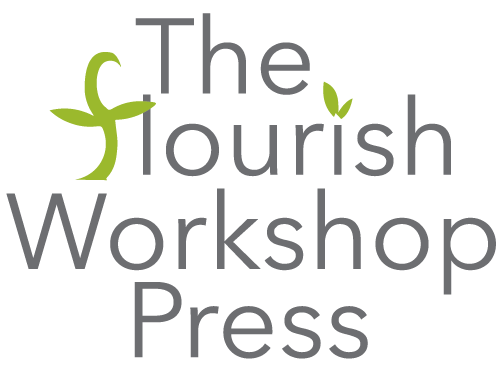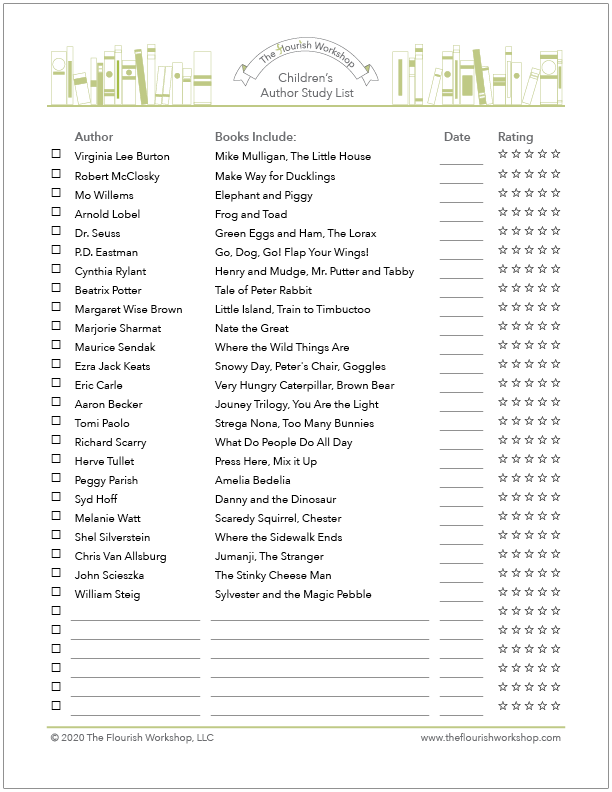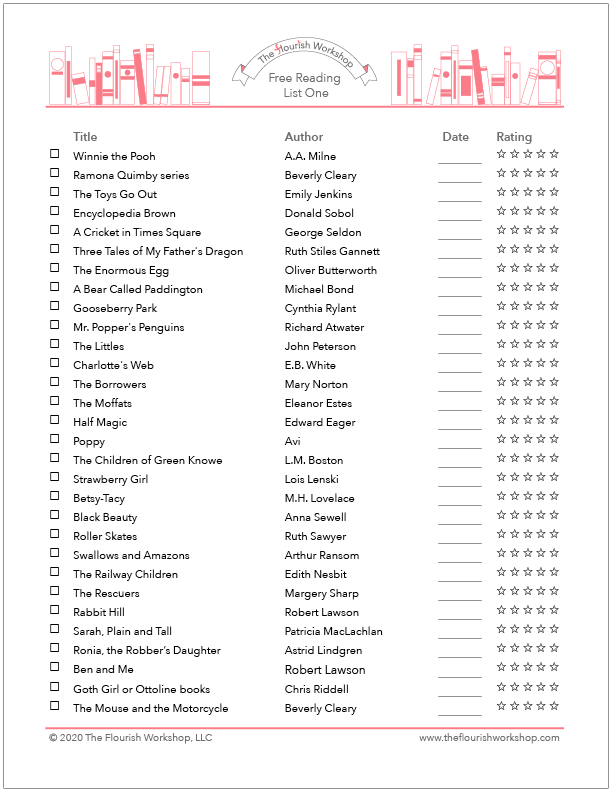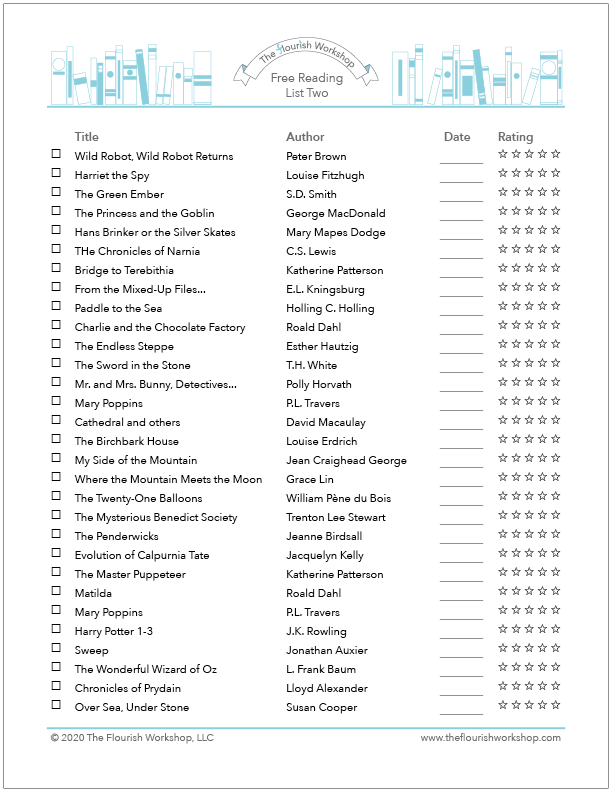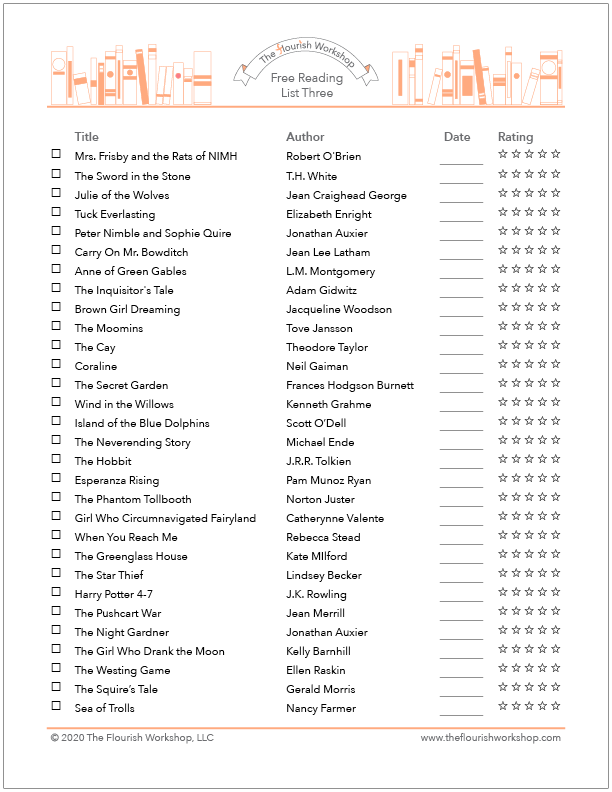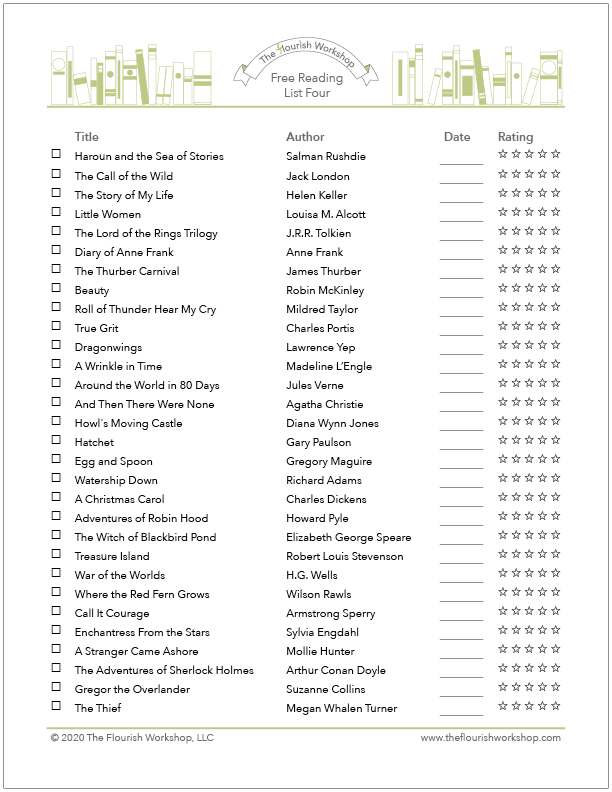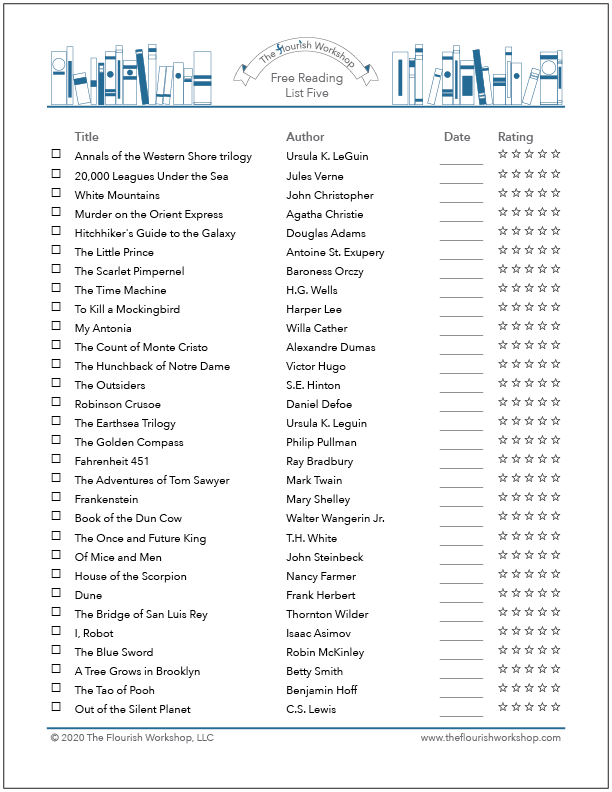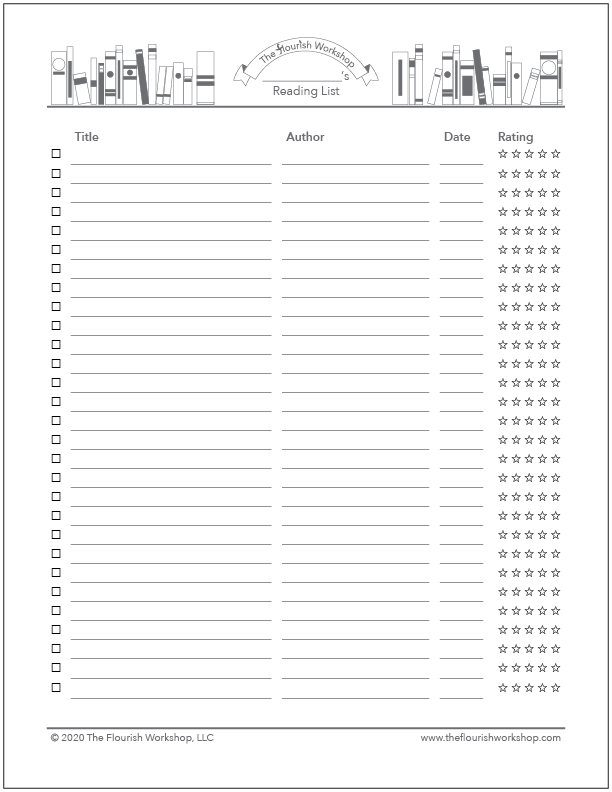or “What to Do If Your Kids Run Out of Books to Read”
I have two kids, both in the intermediate grades, who love to read. Kid One is very particular and prefers hard science fiction. Kid Two is not exactly particular, but loves high fantasy. At one point, a few years ago, they ran out of books to read. They perused the shelves at the library and announced they had read everything that caught their attention. There was nothing left to read. This was a real crisis because we spend a lot of time reading, and we all enjoy it.
Of course, there were still thousands of books on the shelves that they had never touched. I suggested they broaden their horizons and check out books they had not considered before. They were both willing to give it a try, but didn’t know where to begin. I helped out by making book lists for them. Each year, I make a list of about 25 books or so for each of them to read. I don’t require them to read these books, but when they don’t have anything else on their night stands, I suggest they choose one from the list. The kids have come to love these lists, even if they don’t love every book on them.
They are not necessarily all “great” books, but I think they are worth reading for one reason or another. Some of them are generally considered “classics,” and we often spend time talking about whether or not they deserve such recognition. Others were recently published, and some are award winners. In every case, the lists have helped to broadened my kids’ horizons and have introduced them to books, authors, and genres they would not have considered. The kids have also come to discover some new favorites that had been lurking on the library shelves all along.
You may notice that these lists skew heavily toward fantasy, science fiction, and historical fiction. There is some realistic fiction mixed in, too, but we all have a definite preference for literature that feeds the imagination. Right now, especially, we prefer stories that dwell in the land of make-believe. You will also see that some of my own favorite authors, including Ursula K. LeGuin, Jonathan Auxier, and Robin McKinley, show up more than once.
Below, you will find an overview of each list as well as a blank one at the end. They are very roughly graded based on length, difficulty, and complexity of ideas. There is also space on each list for kids to rate the books. The rating is the best part and often generates interesting, lively discussions.
Preschool and Elementary Author Study List
There too many wonderful picture books to fit onto a single page, so I created a list that includes many of the authors that we enjoyed when the kids were little. For many of them, including Mo Willems, Dr. Seuss, and Cynthia Rylant, we read everything or almost everything everything they wrote. There is space at the end of the list to add your own favorite authors.
Free Reading List 1: Early to Middle Primary Grades
This list includes short chapter books. Three Tales of My Father’s Dragons is one of Kid Two’s favorite books of all time. Kid Two also loved the Goth Girl books, which you should read if you are familiar with Victorian literature. There are countless allusions to everything from Jane Eyre to Vanity Fair.
Free Reading Lists 2 and 3: Middle to Late Primary Grades
These two book lists include many of our favorite longer chapter books. Some of them, including The Green Ember, and Over Sea, Under Stone, are the first books in a series. If the kids like the first book, they often go on to read the rest of the series. The lists also include a few series in their entirety, including The Chronicles of Prydain and Harry Potter.
Free Reading Lists 4 and 5: Intermediate Grades
These two lists contain books that are about right for kids who are transitioning to longer, more challenging literature, but who still enjoy a good story. The lists include sophisticated fairy tales, adventure stories, and books that challenge students to think about various social problems in nuanced ways.
Editable Free Reading List
In the event that these reading lists are not a perfect fit for your own kids, you can click on the image at left to download a blank reading list that you can edit in a .pdf viewer. Use our lists or your own preferences to put together recommendations for your own kids to consult when they think that they have read everything in the library.
We are happy to provide these resources for your own personal use. They are protected under the Creative Commons Attribution-NonCommercial-NoDerivatives license. This means that you can copy and distribute the material in any medium or format in unadapted form only, for noncommercial purposes only, and only so long as attribution is given to the creator. We would like to continue to offer resources like these, so please show your support by purchasing or recommending our books.
